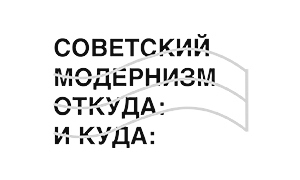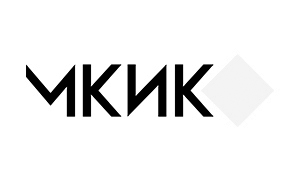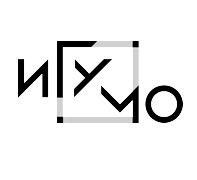Bauhaus Open Studios 2020, Dessau
‘n+1: Future’
‘n+1: links/communication’
‘n+1: gravitation point’
‘n+1: displacement/pressing’
‘n+1: physiological state’
‘n+1: group/individual involvement’
‘n+1: time’
‘n+1: tourism/ transit’
‘n+1: absence of public space/commerce’
‘n+1: mass movement/utopia’

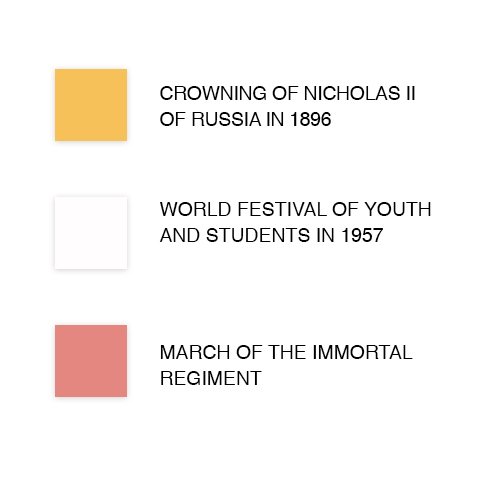
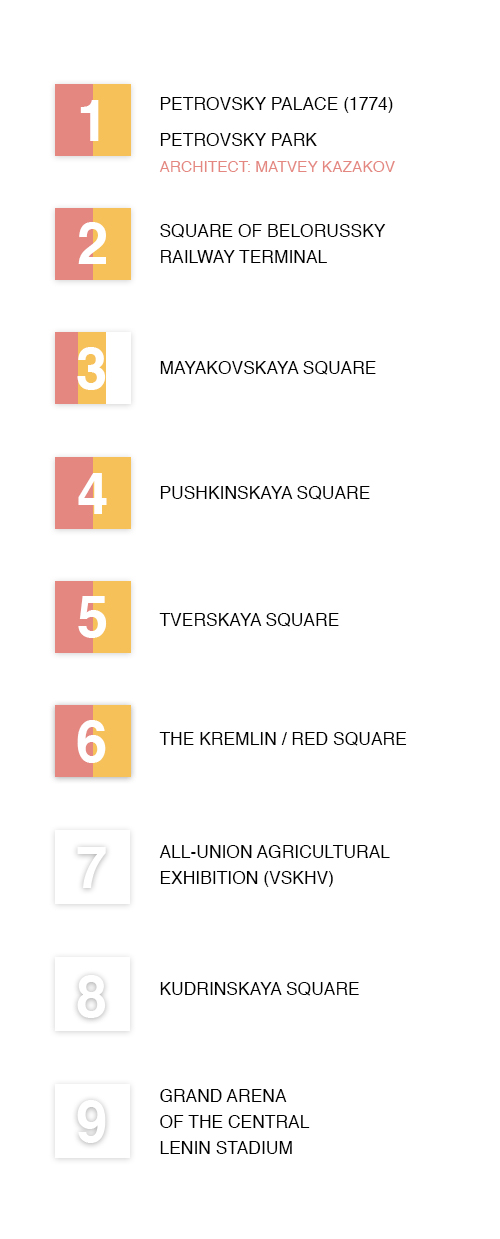



- totalitarian regime
- movements
- ideology turns people into mass
- the absence of a choice
- ideology determining architecture
Images:
entrance/exit
Task:
to study the average storey-based structure of social housing of Lenin’s, Khrushchev’s, and Putin’s historic periods;
to analyse the trajectory of mass movement at the times of crowning of Nicholas II of Russia, in the project of the Palace of Labour (Lenin), during the 6th World Festival of Youth and Students (Khrushchev), and during the March of the Immortal Regiment (Putin)
Materials:
silicone, an ‘entrance/exit’ sign, molded bust forms of Khrushchev, Lenin, and Putin, archive photos, maps, and schemes
Literature and other sources:
‘B is for Bauhaus: An A-Z of the Modern World’ (2017) by Deyan Sudjic
‘People Behind the Fence: Private Space, Power and Property in Russia’ (2015) by Maksim Trudolyubov
The ceremony of the solemn entrance to the capital city of Moscow before the coronation of Their Imperial Majesties, Emperor Nicholas II and his wife, Empress Alexandra Feodorovna. ‘Appendix to Issue №91 of Government Gazette dated 24 April 1896. Page 1 (detailed description of the ceremony of the solemn entrance)
Malafeeva S.L. Petrovsky Palace and Its Surroundings // The Palaces of Tsars and Emperors. The Old Moscow. 4 – M.: Publishing House
Sofia Kiseleva,
Helga Vazim,
Varvara Belousova

‘n+1: joint use’
‘n+1: correlation/scaling’
Photo album

